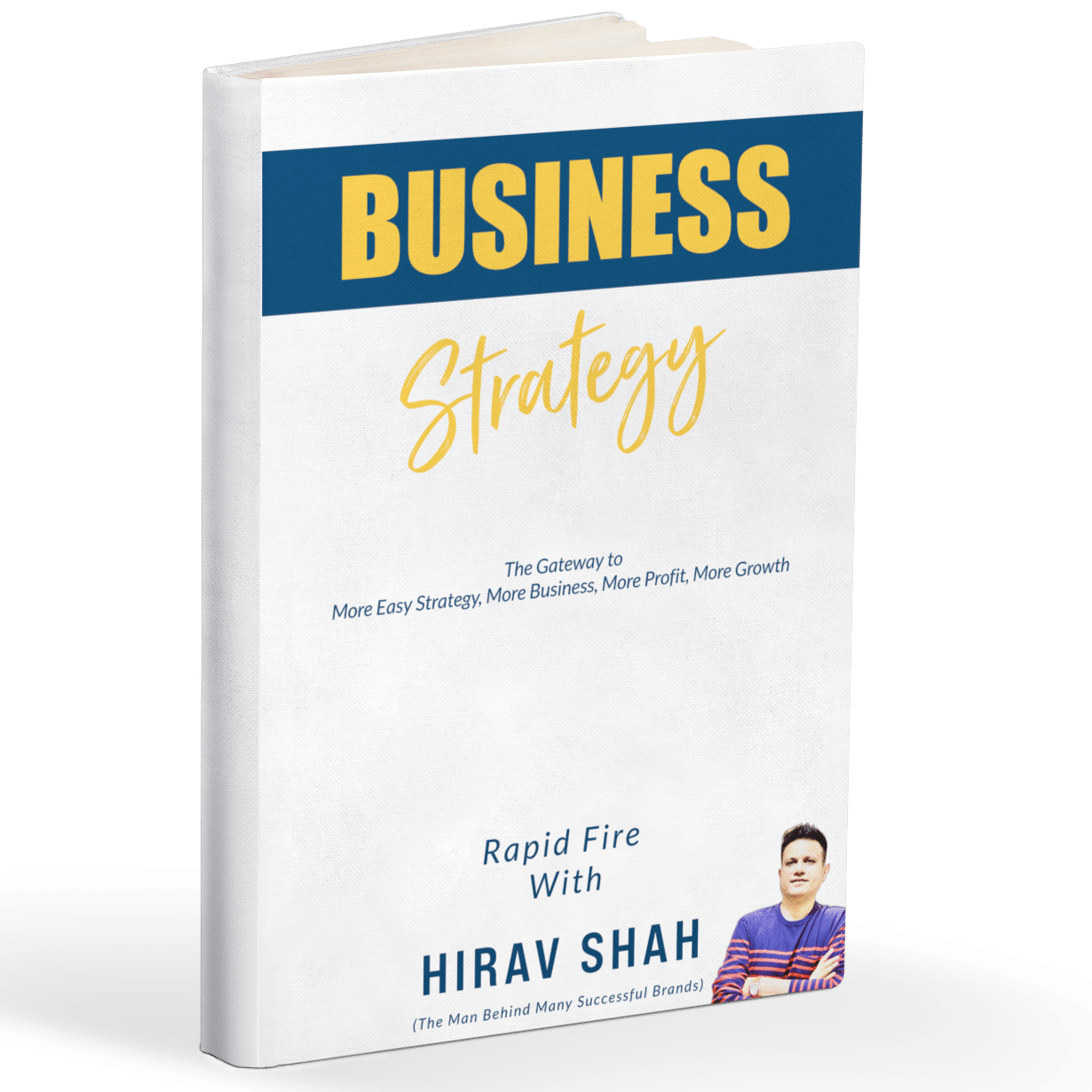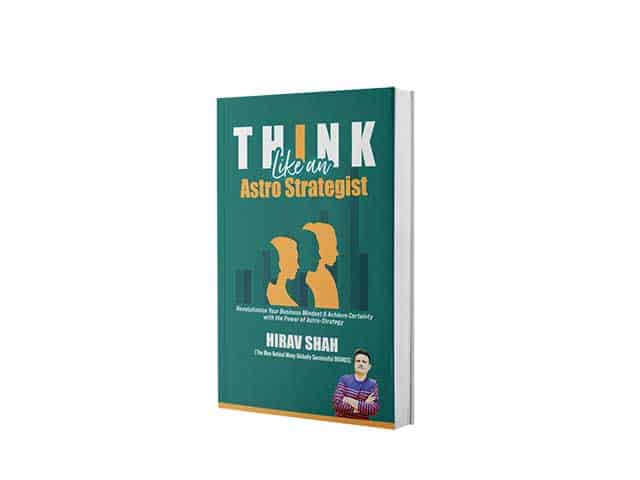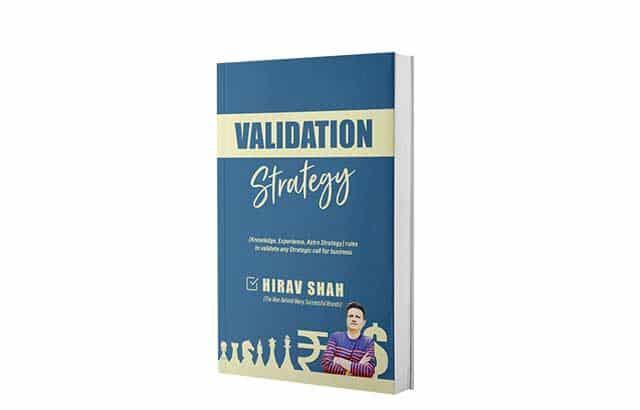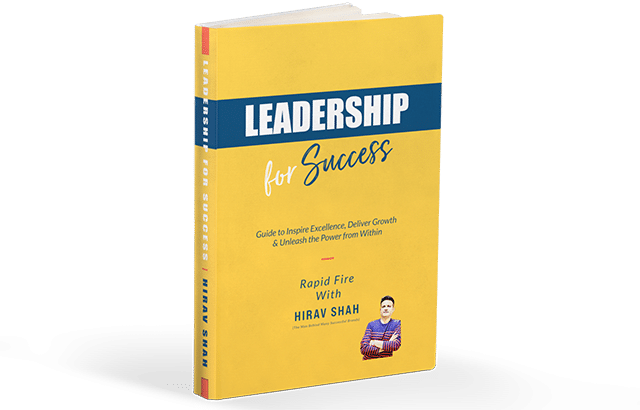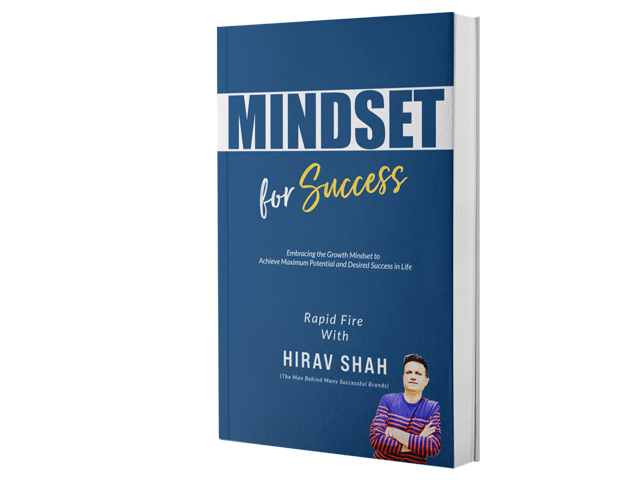Lean business strategies are approaches that aim to optimize processes, reduce waste, and improve efficiency within an organization. These strategies are often associated with Lean Management principles, which originated in manufacturing but have since been applied to various industries. Here are some common types of lean business strategies:
Table of Contents
Common types of lean business strategies:
Just-In-Time (JIT) Manufacturing
JIT is a strategy where materials and products are ordered or produced just in time to meet customer demand. This minimizes inventory holding costs and reduces waste associated with excess stock.
Lean business strategies
Kaizen is a continuous improvement philosophy that involves making small, incremental changes to processes to enhance efficiency and quality over time. It emphasizes involving employees at all levels in the improvement process.
5S Methodology
The 5S methodology focuses on organizing and optimizing the workplace. It stands for Sort, Set in order, Shine, Standardize, and Sustain. This strategy helps reduce clutter, improve productivity, and maintain a clean and efficient workspace.
Value Stream Mapping (VSM)
VSM is a visual tool that helps organizations analyze, map, and optimize their processes. It identifies value-added and non-value-added activities, making it easier to eliminate waste and improve process flow.
Poka-Yoke (Error Proofing)
This strategy aims to prevent errors and defects by designing processes or products in a way that makes mistakes impossible or easily detectable. This reduces the need for rework and improves quality.
Kanban
Kanban is a visual management system that helps control and manage work processes. It involves using cards or signals to signal when to produce or replenish products or tasks, ensuring that work is done only when there is demand.
Total Productive Maintenance (TPM)
TPM focuses on improving equipment reliability and reducing downtime. It involves regular maintenance, employee training, and a proactive approach to machine care.
Lean Six Sigma
Lean Six Sigma combines Lean principles with Six Sigma methodologies to eliminate defects and improve efficiency. It employs statistical tools and data analysis to identify and solve process problems.
Single-Minute Exchange of Die (SMED)
SMED is a technique to reduce setup or changeover times in manufacturing processes. The goal is to minimize downtime and increase flexibility in production.
Continuous Flow Manufacturing
This strategy aims to create a continuous and uninterrupted flow of products through the production process. It reduces batch sizes and cycle times, leading to shorter lead times and less work in progress.
Heijunka (Production Smoothing)
Heijunka involves leveling production schedules to achieve a consistent and steady production flow. It helps in reducing the impact of demand fluctuations and achieving better resource utilization.
Andon
Andon is a visual control system that allows workers to signal problems or abnormalities in the production process immediately. It promotes quick problem-solving and reduces the likelihood of defects.
Pull System
A pull system ensures that work is initiated only when there is demand, as opposed to a push system where work is pushed into the process regardless of demand. This minimizes overproduction and reduces waste.
Gemba Walks
Gemba walks involve managers or leaders going to the shop floor or workplace to observe processes and engage with employees. It helps in understanding issues firsthand and fostering a culture of continuous improvement.
Customer Focus
Lean strategies often emphasize understanding and meeting customer needs effectively, as this helps in eliminating activities that do not add value from the customer’s perspective.
These lean business strategies can be applied individually or in combination, depending on an organization’s specific goals and challenges. Implementing lean principles requires a commitment to continuous improvement and a culture of employee involvement and empowerment.
Leading Companies Showcase the Power of Lean Strategies Across Industries
Here are a few well-known companies that have adopted and benefited from lean principles:
- Toyota: Toyota is often considered the pioneer of lean manufacturing with its Toyota Production System (TPS). It has been a model for lean practices in the automotive industry and beyond.
- Amazon: Amazon’s focus on operational efficiency, from its early days as an online bookseller to its current status as a global e-commerce and technology giant, reflects lean principles.
- McDonald’s: McDonald’s has applied lean principles to streamline its fast-food production processes, optimizing efficiency and consistency across its global chain.
- General Electric (GE): GE has embraced lean principles to improve its manufacturing processes and reduce waste in various product lines, including aviation and healthcare.
- Intel: Intel employs lean methodologies in semiconductor manufacturing, reducing defects and improving production efficiency.
- UPS: United Parcel Service (UPS) uses lean principles to optimize its package delivery operations, leading to faster and more cost-effective deliveries.
- Zara: The fashion retailer Zara is known for its fast-fashion approach, using lean principles to quickly respond to changing customer preferences and reduce inventory costs.
- Ford: Ford Motor Company has adopted lean principles to enhance its manufacturing processes, reducing waste and improving quality.
- Boeing: Boeing has implemented lean manufacturing techniques in its aerospace operations to improve production efficiency and reduce lead times.
- Intel: Intel applies lean principles in semiconductor manufacturing, which is critical for producing high-quality computer chips efficiently.
These companies have demonstrated the versatility of lean principles, showing that they can be applied effectively across various industries, from manufacturing and logistics to retail and technology. Keep in mind that while these companies have successfully integrated lean practices into their operations, the specific strategies and practices they employ may vary based on their unique circumstances and goals.




